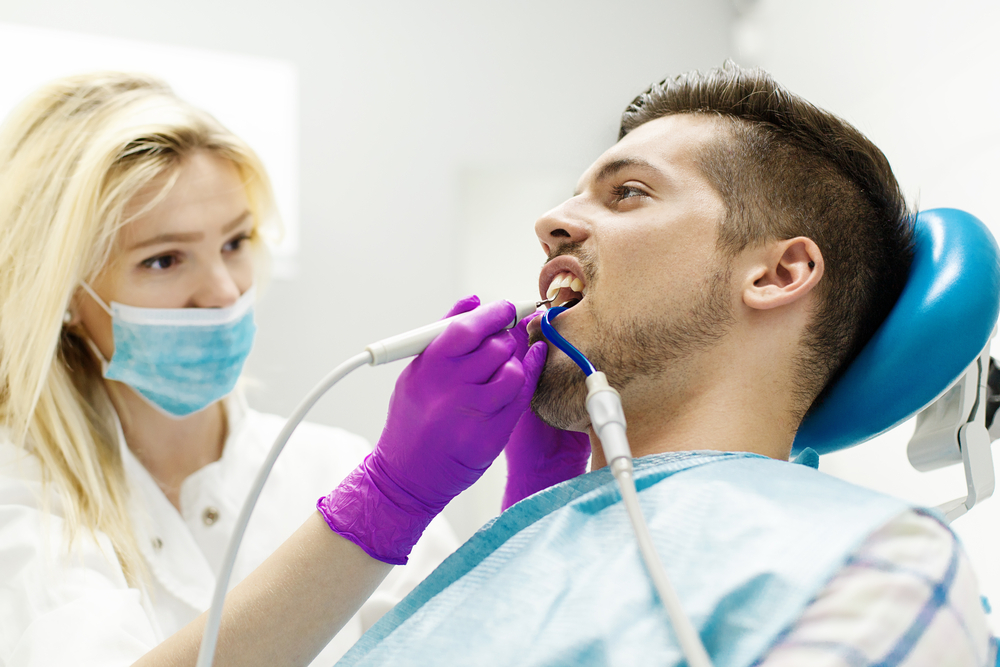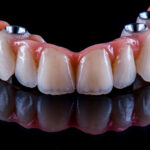Can I Eat After A Dental Filling
Dental fillings are one of the most common procedures performed by dentists to treat cavities and restore tooth functionality. However, many patients wonder about the dos and don’ts following this treatment. Among the most frequently asked questions is: “Can I eat after a dental filling?” The answer largely depends on the type of filling used, the food you plan to consume, and your dentist’s advice. This guide will explore everything you need to know about eating after a dental filling and how to ensure a smooth recovery.
Understanding Dental Fillings
Dental fillings are materials used to fill cavities caused by tooth decay or damage. The procedure helps prevent further decay while restoring the tooth’s structure and function. There are several types of fillings available, each with its own properties:
- Composite Fillings: Made from resin, these fillings match the natural color of teeth and are ideal for visible areas.
- Amalgam Fillings: Composed of metals like silver and mercury, these fillings are durable and commonly used for back teeth.
- Ceramic Fillings: Tooth-colored and long-lasting, ceramic fillings are often chosen for aesthetics.
- Glass Ionomer Fillings: Often used for children or areas with less chewing pressure, these fillings release fluoride to help prevent future decay.
Can You Eat After a Dental Filling?
The answer to this question depends on several factors, such as the type of filling and the dentist’s recommendations. Let’s break it down:
1. Composite Fillings (Tooth-Colored Fillings)
Composite fillings are hardened using a special curing light during the procedure. This means they are set almost immediately, and you can eat shortly after leaving the dentist’s office. However, it’s best to wait until the numbness from the anesthesia wears off to avoid accidentally biting your cheek or tongue.
2. Amalgam Fillings (Silver Fillings)
Amalgam fillings take longer to fully harden, typically about 24 hours. If you have this type of filling, it’s recommended to avoid eating hard or sticky foods on the treated side of your mouth for at least a day.
3. Temporary Fillings
Temporary fillings, often used for root canals or other procedures, are less durable than permanent fillings. You should avoid hard, sticky, or crunchy foods that might dislodge the filling.
Best Foods to Eat After a Dental Filling
To ensure your comfort and the longevity of your filling, stick to these food options initially:
- Soft Foods: Mashed potatoes, scrambled eggs, yogurt, and soup are easy to eat and gentle on your teeth.
- Cool or Lukewarm Foods: Avoid extremely hot or cold foods that could irritate sensitive teeth.
- Non-Sticky Foods: Choose foods that won’t pull at your filling, such as rice, pasta, or steamed vegetables.
- Smooth Textures: Applesauce, smoothies, or pudding are great options to prevent discomfort.
Foods to Avoid After a Dental Filling
For optimal recovery, steer clear of these food types for the first few days after your filling:
- Hard Foods: Foods like nuts, raw vegetables, and hard candies can exert excessive pressure on the filling.
- Sticky Foods: Chewing gum, caramel, or taffy may stick to the filling and potentially dislodge it.
- Sugary Foods: Avoid sugary snacks or drinks, as they can contribute to future tooth decay.
- Hot or Cold Foods: Extreme temperatures can trigger sensitivity in the treated tooth.
- Chewy Foods: Foods like steak or bagels can strain the filling and surrounding teeth.
Tips for Eating After a Dental Filling
- Chew Gently: Use the side of your mouth opposite the treated tooth to chew food.
- Take Small Bites: Smaller portions reduce the risk of putting too much pressure on the filling.
- Avoid Using the Treated Tooth: This is especially important for amalgam fillings, as they take longer to harden.
- Listen to Your Dentist: Follow any specific aftercare instructions provided by your dentist.
When to Contact Your Dentist
While dental fillings are a routine procedure, complications can arise in some cases. If you experience any of the following, contact your dentist promptly:
- Persistent pain or sensitivity that doesn’t improve after a few days.
- Difficulty biting or chewing.
- A filling that feels loose or has fallen out.
- Swelling or redness around the treated tooth.
Benefits of Eating Carefully After a Filling
Eating mindfully after a dental filling is crucial for the following reasons:
- Prevents Dislodging: Avoiding hard and sticky foods minimizes the risk of loosening the filling.
- Reduces Sensitivity: Choosing soft, lukewarm foods helps protect the treated tooth from sensitivity triggers.
- Promotes Healing: A gentle diet gives your tooth the time it needs to recover and adapt to the filling.
Armadale Dental Clinic: Markham’s Top Choice for Emergency Dental Care
For those in Markham, Armadale Dental Clinic is one of the best options for emergency dental care. Located at 7720 Markham Road, Unit A4, Markham, ON L3S 3K1, Armadale Dental Clinic is known for its quick response and expert care in handling all types of dental emergencies. Whether you’re dealing with an unexpected dental issue or a recurring problem that needs urgent attention, the experienced team at Armadale Dental Clinic is here to help.
Contact Armadale Dental Clinic at +1-647-695-1779 or via email at info@armadaledental.ca to receive the emergency dental care you need. Their team is dedicated to providing immediate, high-quality treatment to alleviate pain and restore your oral health.
FAQs About Eating After a Dental Filling
- How long should I wait to eat after a dental filling?
The waiting time depends on the type of filling. Composite fillings allow you to eat almost immediately, while amalgam fillings require up to 24 hours to fully set. - Can I drink water after a dental filling?
Yes, drinking water is safe after a dental filling. However, avoid extremely cold or hot water if your teeth are sensitive. - Is it normal to feel sensitivity after a filling?
Yes, mild sensitivity to hot, cold, or sweet foods is common after a filling and should subside within a few days. - Can I chew gum with a dental filling?
It’s best to avoid chewing gum immediately after a filling, as the sticky texture could loosen the filling. - What should I do if my filling feels loose after eating?
If your filling feels loose or falls out, contact your dentist immediately to have it repaired or replaced.
Conclusion
Eating after a dental filling doesn’t have to be complicated if you follow your dentist’s recommendations and make mindful food choices. The type of filling you receive will determine how soon you can resume your normal diet, but soft, non-sticky foods are a safe starting point. Taking the time to care for your filling and avoiding foods that could cause damage will help ensure the success of the procedure.
By staying informed and listening to your dentist’s advice, you can enjoy a quick and smooth recovery after a dental filling, allowing you to return to your normal eating habits in no time.




